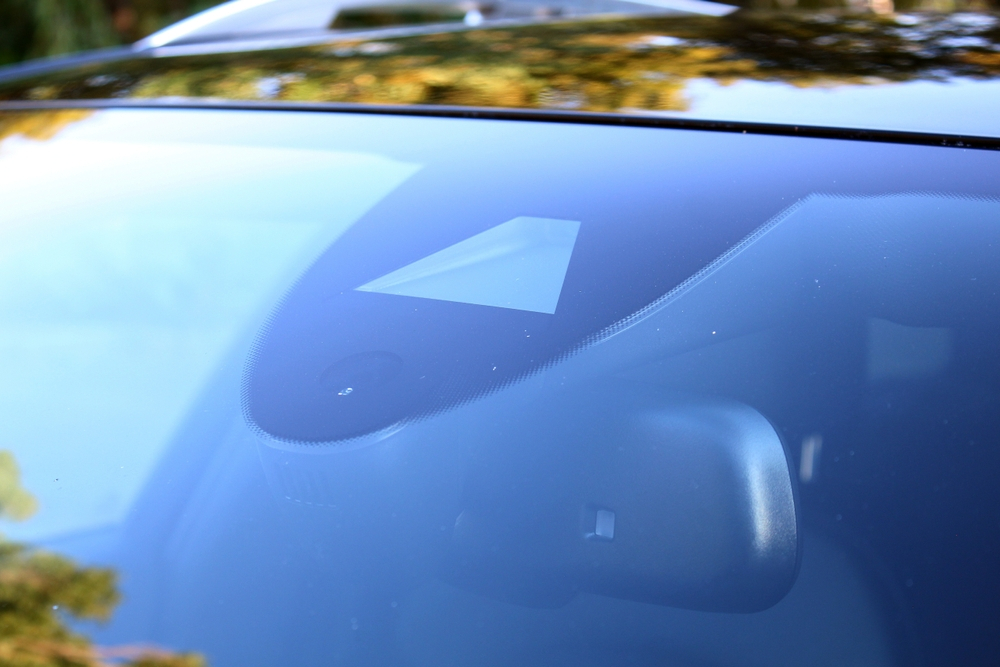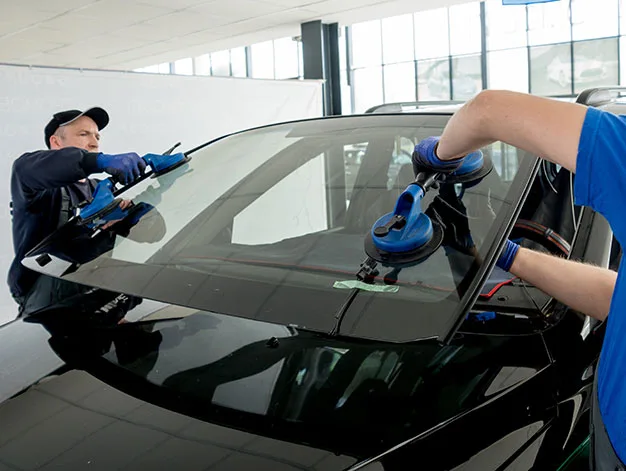The Essential Guide to Calibrating ADAS Post Windshield Replacement
New windshield? Your car's safety tech needs adjusting, too! ADAS calibration after glass replacement is essential for:
- Accurate safety features: Keep lane assist auto-braking working properly
- Specialized process: Requires expert technicians and tools
- Don't take risks: Improper calibration compromises your safety
Choose a qualified shop for this crucial safety service.
After a windshield replacement, you must recalibrate the ADAS. This ensures safety systems work right. They include adaptive cruise control and lane departure warnings. The process has six steps. They are the initial assessment, vehicle prep, alignment check, equipment setup, system calibration, and testing. You must pick a qualified provider. This is because calibration is complex. It can be static or dynamic. Correct calibration keeps vehicles safe and efficient. It shows the importance of investing in good service for ADAS-equipped vehicles.

Understanding ADAS and Its Significance
ADAS comprises a network of sensors and cameras designed to augment vehicle safety. These systems have features like adaptive cruise control. They also have lane departure warnings and automatic emergency braking. The windshield often houses crucial ADAS parts. Aligning it is pivotal to system accuracy.
Why Calibration is Crucial After Windshield Replacement
Replacing a windshield can misalign ADAS sensors and cameras. Calibration realigns these components, ensuring they provide accurate data. This step is not just a recommendation; it's necessary to maintain your vehicle's safety features.
The Calibration Process: A Step-by-Step Overview
- Initial Assessment: The first step involves assessing the ADAS components to understand the calibration requirements.
- Preparation: The vehicle is prepared for calibration, ensuring it's on a level surface with correctly inflated tires.
- Alignment Check: Proper wheel alignment is crucial as it directly affects the ADAS calibration accuracy.
- Calibration Equipment Setup: Specialized calibration tools are aligned with the vehicle's ADAS system.
- System Calibration involves adjusting the sensors and cameras to the manufacturer’s specifications.
- Testing and Verification: Post-calibration systems are rigorously tested to ensure they operate correctly.
Types of Calibration: Static and Dynamic
Calibration falls into two categories: static and dynamic. Static calibration is conducted in a controlled environment using specialized tools. On the other hand, dynamic calibration involves driving the vehicle at specific speeds. This is done under certain conditions to calibrate the ADAS systems.
Choosing the Right Service Provider
Selecting a qualified technician with the appropriate tools and knowledge is vital. Look for service providers with a proven track record and expertise in ADAS calibration.
Common Challenges in ADAS Calibration
The process is intricate and can face challenges such as ensuring precise alignment and dealing with varying manufacturer specifications. Technicians must stay updated with evolving technology and manufacturer guidelines.
The Role of Technology in ADAS Calibration
Advanced software and tools have revolutionized ADAS calibration, enhancing accuracy and efficiency. It’s essential to choose service providers equipped with the latest technology.
Legal and Safety Implications
Improper calibration can lead to malfunctioning ADAS, posing safety risks. Additionally, there are legal implications for service providers who fail to calibrate these systems correctly.
The Cost of Calibration
While cost varies, it’s important to remember that this is an investment in your safety. Opting for cheaper services might compromise the quality of calibration.
Final Thoughts
ADAS calibration post-windshield replacement is not just a technical necessity; it’s a safety imperative. By understanding the process and importance of proper calibration, you can ensure your vehicle continues to provide the highest level of safety and performance.
